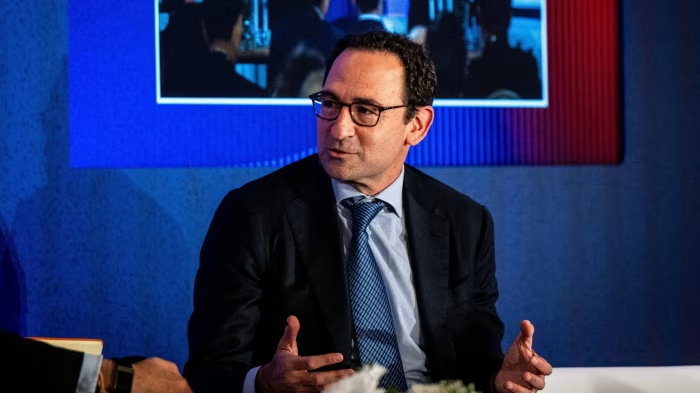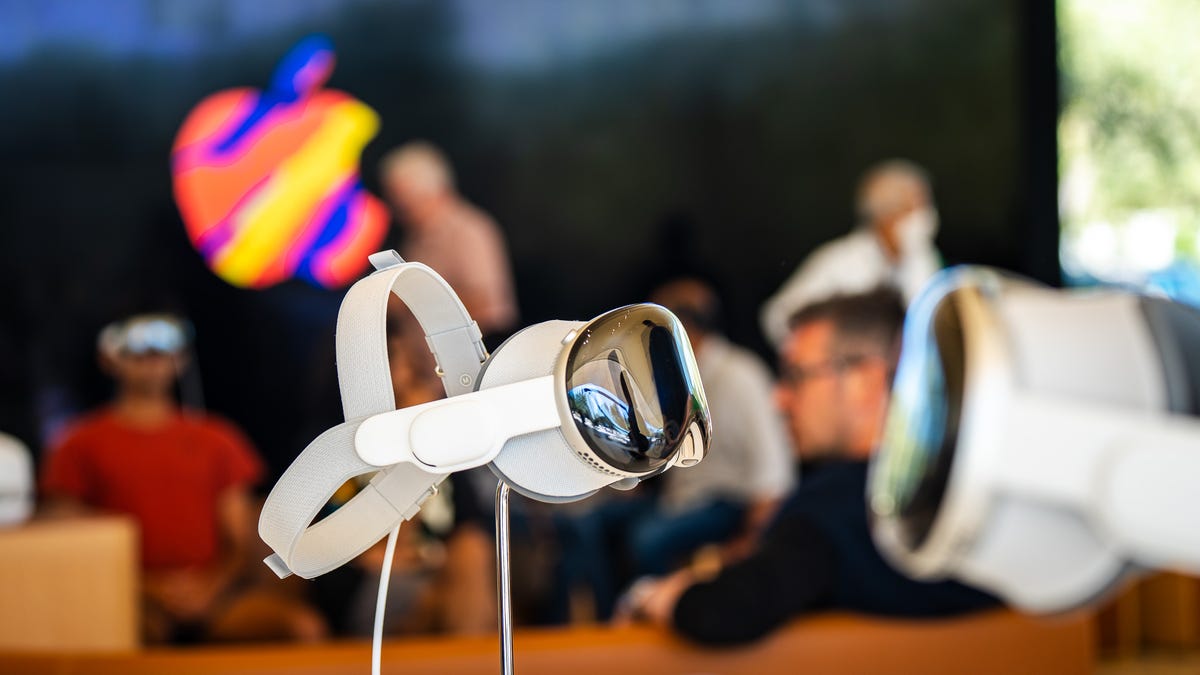By Myra P. Saefong
Central banks view gold as a ‘key, liquid component of their reserves’
Germany’s central bank, the Deutsche Bundesbank, holds the world’s second-largest gold reserves, behind the U.S.
Gold prices at record highs sounds like a broken record, but central banks have continued to buy more than they’re selling, even with prices for the precious metal at their highest levels ever.
“Central banks continue to be consistent and strategic buyers of gold, even at record prices, because of the role it plays in strengthening their reserve portfolios,” Joe Cavatoni, senior market strategist at the World Gold Council, said in comments sent to MarketWatch Friday.
“For many, this is about diversification, stability, and long-term confidence in their holdings,” he said.
“In an environment of persistent geopolitical uncertainty, shifting interest rate expectations, and questions around the reliability of fiat currencies such as the U.S. dollar, gold remains a trusted store of value that’s independent of any one government or financial system,” Cavatoni said. “We’re seeing a structural, not cyclical, change in how central banks view gold – as a key, liquid component of their reserves.”
Central banks around the world added 19 metric tons to their global reserves in August, according to data from the World Gold Council dated Oct. 3. That followed a month-to-month fall in July.
Gold futures have climbed by nearly 60% this year, with prices on Comex notching record-high settlements 48 times so far in 2025, according to Dow Jones Market Data. Gold for December delivery (GC00) (GCZ25) last marked a record finish of $4,304.60 an ounce on Oct. 16.
The record-high price “likely remains a constraint on the level of buying by central banks,” but the recent moderation in buying “does not necessarily signal that central banks as a whole are losing interest in gold,” the WGC said in its report.
Central-bank purchases of gold rose in August.
Strength in central-bank purchases “proves that central banks aren’t immune to FOMO,” which refers to the fear of missing out, Adrian Ash, director of research at BullionVault, told MarketWatch on Friday.
Strength in central-bank gold purchases ‘proves that central banks aren’t immune to FOMO … [and] confirms that the bid from sovereign states remains keen, even at new record highs’ in gold prices.Adrian Ash, BullionVault
“Why wait for gold prices to double?” he said. The central-bank purchases also confirm that the “bid from sovereign states remains keen, even at new record highs” in prices for the precious metal.
Read: Gold is the hot topic at the IMF and World Bank meetings. Could that help put a lid on prices?
As of October, the U.S. is the country with the largest gold reserves, according to BestBrokers, an investment-research platform, citing data from the WGC and International Monetary Fund.
The U.S. holds about 8,133.5 metric tons of gold in its reserves.
The U.S. holds about 8,133 metric tons of gold stored at U.S. Mint locations in Fort Knox, Kan.; West Point, N.Y.; and Denver, as well as a small amount in the vaults at the New York Federal Reserve, according to Edmund Moy, a former director of the U.S. Mint, which is part of the Treasury Department. He noted that the U.S. Mint’s director has custodial responsibility over U.S. gold reserves.
Moy, who is now senior IRA strategist for precious-metals distributor U.S. Money Reserve, said the U.S. holds the most gold reserves as a direct result of U.S. President Franklin D. Roosevelt requiring Americans to turn in their gold coins to the federal government starting in 1933. It’s also a result of foreign nations paying in gold for American products during World War II, he said.
At one point many years ago, America’s gold reserves stood at more than 20,000 metric tons and were used to back the U.S. dollar, but in the early 1970s, countries began to suspect that the U.S. had printed more dollars than it could back with gold, which started a run on redeeming dollars for gold, Moy said. President Richard Nixon stopped those redemptions in 1972, and U.S. gold reserves have remained stable at around 8,113 tons, he said.
In August, the biggest central-bank gold buyer was the National Bank of Kazakhstan, and the National Bank of Bulgaria and Central Reserve Bank of El Salvador also jointed the buyers list, according to the WGC.
The National Bank of Poland has been the largest purchaser year to date, and it “reaffirmed its commitment to gold by increasing its target share,” the WGC said.
Poland, Turkey and the Czech Republic have added to their gold reserves for at least 24 months straight, said Moy. China and India have also been consistently building up their gold reserves – “both to strengthen their currencies and to reduce their dependence on the [U.S. dollar],” he said.
Central banks continue to buy gold, even at record-high prices, primarily because they want to reduce their exposure to the U.S. dollar given their “concerns over the deteriorating U.S. fiscal condition and increasing economic uncertainty and [the] potential impact on their dollar holdings,” Moy said.
‘Central banks will continue to be big players in the gold market for the foreseeable future.’Edmund Moy, U.S. Money Reserve
Some countries, such as Russia, want to have some of their reserves in a “sanction-proof asset,” he said, and others want to reduce their dependence on the U.S. dollar while “exploring alternatives” to displace the dollar as a reserve currency.
“Increasing gold reserves will improve their positioning” in whatever direction those alternatives take, Moy said. “Central banks will continue to be big players in the gold market for the foreseeable future.”
-Myra P. Saefong
This content was created by MarketWatch, which is operated by Dow Jones & Co. MarketWatch is published independently from Dow Jones Newswires and The Wall Street Journal.
(END) Dow Jones Newswires
10-18-25 0700ET
Copyright (c) 2025 Dow Jones & Company, Inc.








